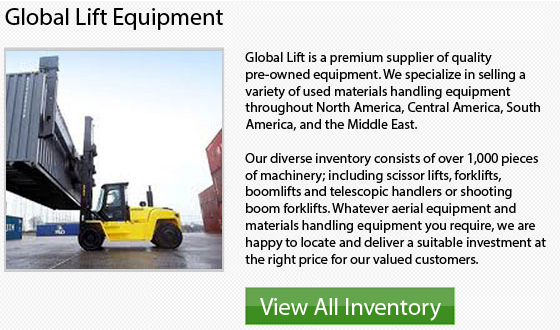
The all-terrain crane is considered in the crane business as being a luxury kind of a mobile hydraulic crane. It has the status of being similar to driving a Hummer or a Range Rover on pavement. All-terrain cranes are considered to be a hybrid between a mobile truck crane and rough terrain crane. Another great feature of this particular equipment is its multi-functional ability to be able to traverse through all types of off-road terrain. Among the main selling characteristics of this crane is that it travels equally well at top speeds down highways.
The Very First Rough Terrain Crane
Grove introduced the first rough terrain crane to the market in the year 1959. The crane was designed for the intended application of being a multi-purpose machinery for use on construction sites. The industrial strength of the crane's tires can handle all kinds of difficult terrain and can transport small loads in carry mode. During the 1970s, the 4 axle Super-RT 1650 model was introduced by Grove. This specific model has a 270 foot or 82.8 meter height under hook in production, along with a 135 ton lifting capacity. At the end of the day, the rough terrain crane will become the company's most remarkable machine over the years.
The Crane's Disadvantages
Among the major disadvantages of the rough terrain crane was the problem that it was not capable of being driven on public roads with any other traffic. Japan was the only country in the globe that would make an exception to this rule. Moreover, another problem occurred when the crane's lowered boom tended to block the left and right views of the driver, which depends on how the cap was placed. These problems with the crane's design ended up being hazardous and severe and lead to a lot of RT crane accidents, specially when turning. As a result, flatbeds, low-loaders, lowboys were used as the main way of transporting rough terrain cranes.